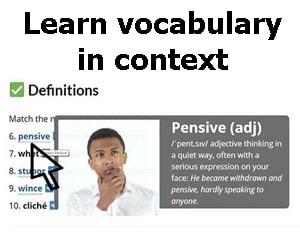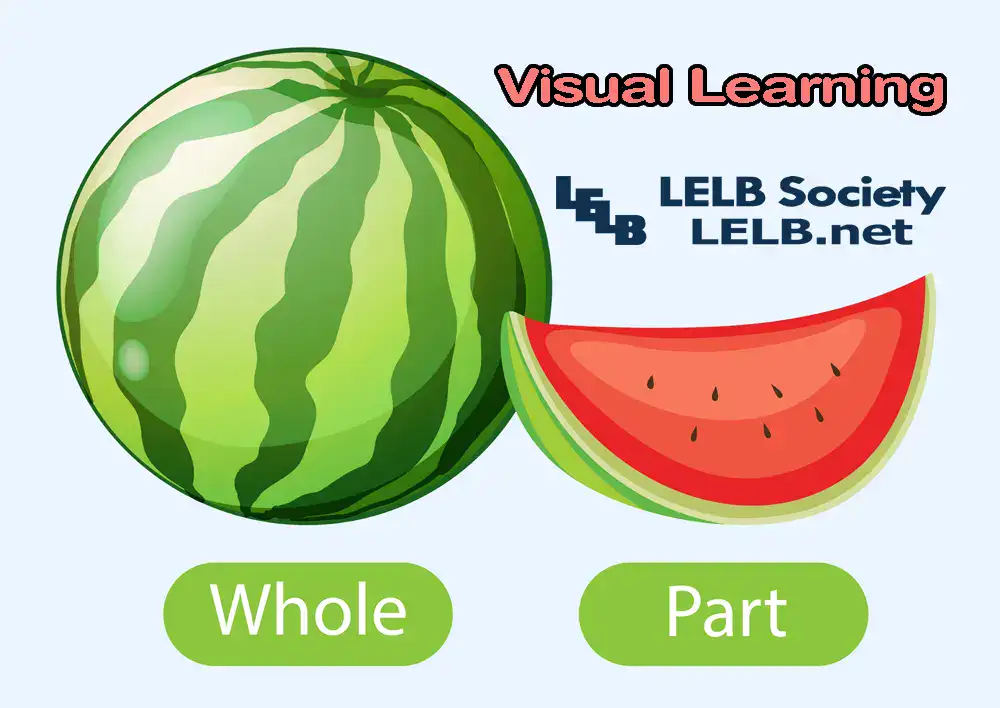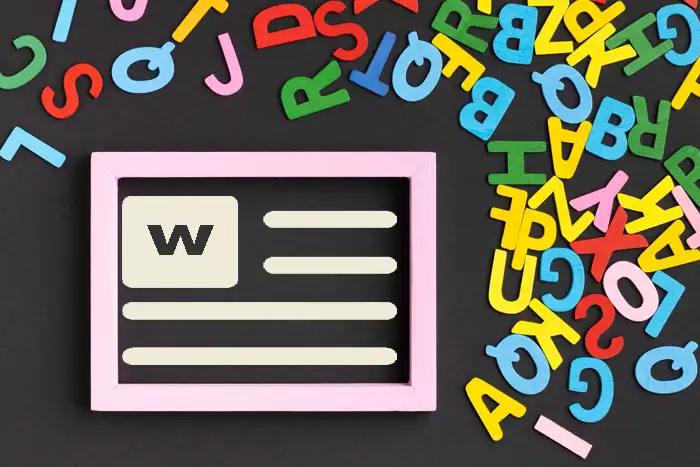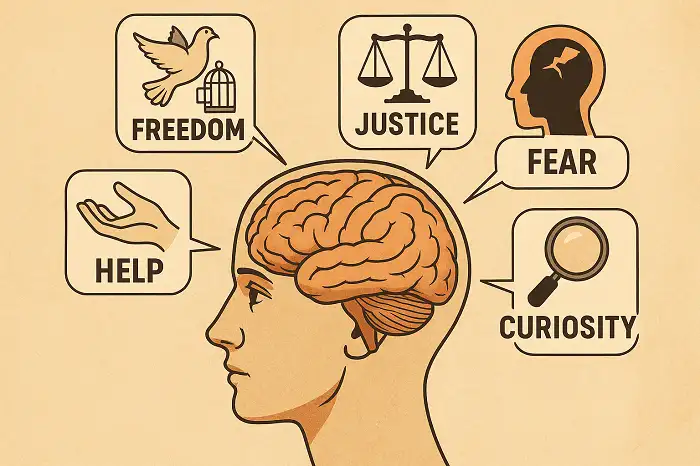Table of Contents
- Video of learning vocabulary in context
- What is context?
- 1. Context is King: Understanding Nuance
- 2. From Recognition to Recall: Building Stronger Memories
- 3. Mastering the Art of Usage: Beyond Definitions
- 4. Unveiling the Power of Collocations: Learning Word Families
- 5. Sharpening Your Detective Skills: Context is a Clue
- Conclusion
Ever stared blankly at a vocabulary list, desperately trying to memorize definitions? We’ve all been there. But what if there was a more effective way to build your vocabulary? The key lies in context. Here’s why learning new words within the framework of a sentence or passage is the secret weapon you’ve been missing.
Video of learning vocabulary in context
What is context?

Context can be thought of as the surrounding information that shapes the meaning of something. In the world of language learning, it refers to the words, phrases, and situations that a new vocabulary word appears in. This can come from various forms of writing, like short stories where dialogue and descriptions paint a picture alongside the word’s usage. Film scripts offer similar benefits, with scenes and characters providing context for spoken vocabulary. Even poems, with their carefully chosen words and imagery, can create a rich context for understanding a new term. By encountering a word within these different contexts, you gain a deeper understanding of its meaning, usage, and emotional weight.
1. Context is King: Understanding Nuance

Language is all about shades of meaning. A single word can have multiple interpretations depending on the situation or context. Take the word “cleaver.” Out of context, it could be a kitchen tool, a utensil, or a verb meaning “to cut decisively.” But by encountering “cleaver” in a sentence like “The butcher used a cleaver to chop the meat,” you not only grasp its meaning but also its association with chopping and butchery. This is simply because context paints a richer picture.

Learning vocabulary in context transforms you from a passive reader into an active investigator. By encountering new words surrounded by familiar ones and within a specific setting, you’re challenged to make meaningful connections. This process of contextualization isn’t just about grasping the definition of a single word, but rather about piecing together its role within the larger puzzle of the sentence and the overall theme of the passage. You become an active participant, constantly inferring meaning and building connections between ideas, ultimately leading to a deeper understanding and richer reading experience.
2. From Recognition to Recall: Building Stronger Memories
Imagine memorizing the definition of “meticulous” as “very careful and exact.” Now picture reading, “The baker meticulously decorated the cake with intricate swirls of frosting.” Suddenly, “meticulous” isn’t just a word; it’s a vivid image of precise decorating. Context creates a memory hook, making it easier to recall the word and use it accurately later.

Imagine learning a new word isn’t just about memorizing a definition, but about creating a mini-movie in your mind. That’s the power of combining visualization and contextualization for vocabulary learning. Let’s say you encounter the word “treacherous” in a sentence about a mountain climber navigating a path covered in loose rock. By visualizing the scene – the precarious footing, the sense of danger – you not only understand the definition of “treacherous” (dangerous and unpredictable), but you also associate it with a specific image.
This visual memory strengthens the connection between the word and its meaning, making it far more likely to stick. Contextualization further amplifies this effect. By reading the entire passage, you might discover that the climber feels a sense of betrayal by the seemingly stable path turning treacherous. This adds a layer of emotional nuance to the word, making it even richer and more memorable. By combining the power of visuals and context, you transform vocabulary learning from rote memorization to a process of building vivid mental pictures and understanding the multifaceted nature of words.
3. Mastering the Art of Usage: Beyond Definitions
Learning vocabulary in isolation doesn’t tell you how to use it in a sentence. “Serene” might mean “calm and peaceful,” but how do you incorporate it in your writing? By encountering it in a sentence like, “The serene lake reflected the snow-capped mountains,” you learn how “serene” can describe both a physical environment and a state of mind. In fact, context equips you to use the word effectively in your own communication.

Learning vocabulary in context is the key to meaningful learning because it fosters deeper understanding. Instead of isolated memorization, encountering new words within sentences or situations allows us to grasp their shades of meaning, how they interact with other words, and how they’re used in real-world communication. This creates stronger mental connections, making vocabulary not just a list but a powerful tool for comprehension and expression.
4. Unveiling the Power of Collocations: Learning Word Families
Words often travel in packs. Learning vocabulary in context exposes you to common collocations, or words that frequently appear together. For example, “intriguing mystery” or “blatant disregard.” By encountering these pairings, you naturally pick up on how words connect and enhance your ability to express yourself with greater fluency.

Mastering collocations, or words that frequently appear together, is a powerful strategy for expanding your vocabulary. By learning “go for a walk” instead of just “walk,” you not only gain a new phrase but also intuitively grasp proper usage. This focus on natural pairings boosts your ability to express yourself fluently and accurately, taking your vocabulary from basic building blocks to a language construction kit.
5. Sharpening Your Detective Skills: Context is a Clue
Reading exposes you to unfamiliar words within a context of known ones. This allows you to use your existing knowledge to make educated guesses about the meaning of new words. Let’s say you encounter “austere” in a sentence about a monastery. By understanding the setting and the surrounding words, you can reasonably infer that “austere” likely describes something plain and simple. Context fosters critical thinking and empowers you to become a self-sufficient language learner.

ESL students at LELB Society can ditch the rote memorization and dive into vocabulary learning that sticks! We provide authentic contexts for new words, drawn from novels, websites, and even movie scripts. Imagine encountering “astute” within a captivating news article or “trepidation” while reading a thrilling play. By seeing these words in action, students grasp their subtle nuances and how they naturally interact with other vocabulary. LELB Society doesn’t stop there – themed tags and keywords allow students to explore advanced vocabulary by topic, further solidifying their understanding and expanding their range of expression.
Conclusion
So, ditch the rote memorization! Embrace the power of context. Start reading, listening, and engaging with language in its natural habitat. You’ll be amazed at how quickly your vocabulary blossoms, and how confidently you can wield it to express yourself with clarity and precision.



